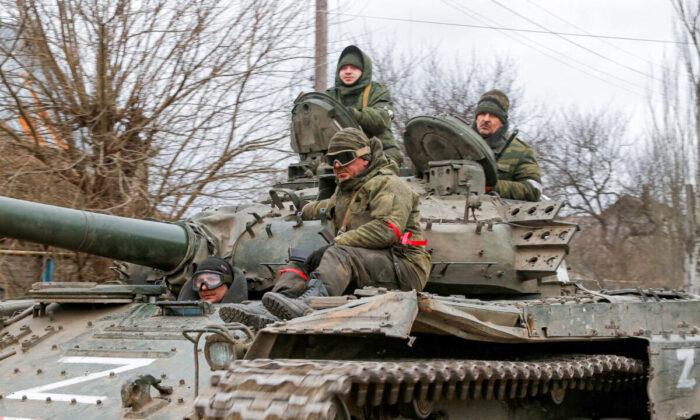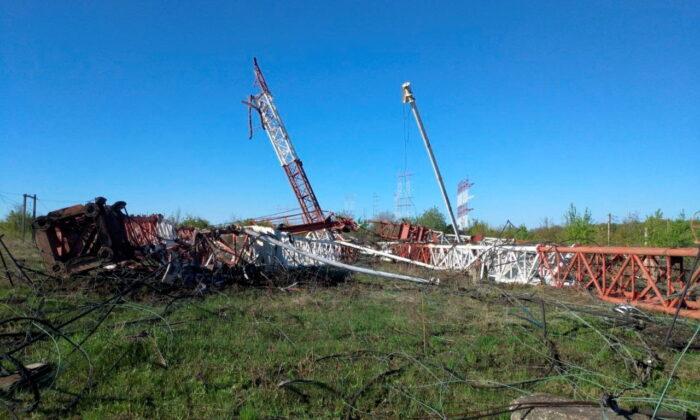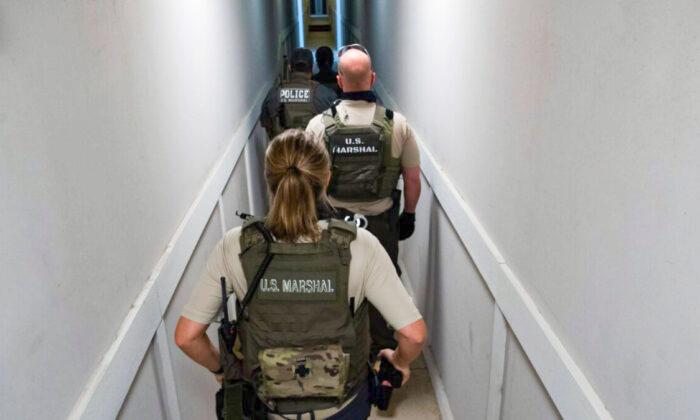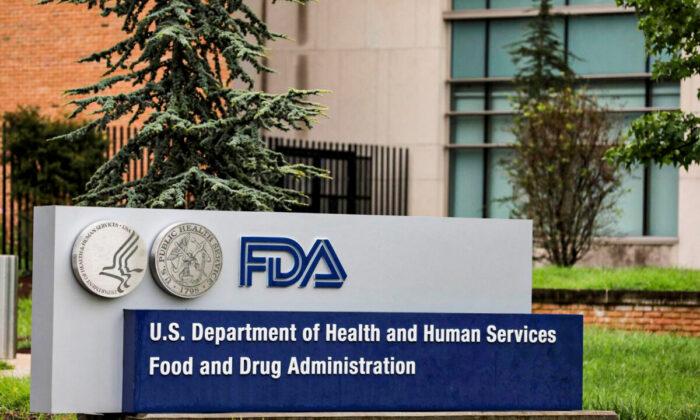President Donald Trump on Thursday warned of “greater mortality” of permanent shutdowns in the United States and cited a guidance from the American Academy of Pediatrics (AAP), which earlier this month urged a safe return to schools in the fall.
“Lengthy time away from school and associated interruption of supportive services often results in [a] social isolation, making it difficult for schools to identify and address important learning deficits as well as child and adolescent physical [and] sexual abuse, substance use, depression, and suicidal ideation,“ the statement read. ”This, in turn, places children and adolescents at considerable risk of morbidity and, in some cases, mortality. Beyond the educational impact and social impact of school closures, there has been [a] substantial impact on food security and physical activity for children and [for] families.”
The president acknowledged that some schools in virus hot spots may need to delay their reopening this fall “for a few weeks” as the cases of the CCP virus continue to surge in certain parts of the United States. He said the decision will be up to governors.

Nevertheless, all schools should be “actively making preparations to open,” he said.
Trump said that a “permanent shutdown” was never the strategy, and that it would ultimately lead to “greater mortality and irreversible harm.”
“Our strategy to safely reopen schools mirrors our approach nationwide. As we race toward the completion of a vaccine and therapeutics, the responsible path is to shelter those at highest risk, while allowing those at lower risk—much lower, in the case of young children—to resume work and school—and as long as everyone practices vigilant hygiene and social distancing. We want that,” the president said.
“We cannot indefinitely stop 50 million American children from going to school, harming their mental, physical, and emotional development,” he also said. Trump cited figures from the Council of Economic Advisers, saying that if children don’t go back to school this fall, 5.6 million parents won’t be able to return to work.
“Reopening our schools is also critical to ensuring that parents can go to work and provide for their families,” the president said.
CDC Guidelines
The CDC released its updated guidelines just minutes after the president’s press briefing, acknowledging that “relatively little” is known about how the CCP virus spreads to children.“While uncommon, deaths and rare illness...may occur,” the agency said.
The guidelines include checklists for parents and caregivers to help them determine whether to send their children back to school in the fall.
Updated CDC guidance on reopening schools also urged school leaders to work with local officials to make decisions about the fall, taking into account the virus’s rate of transmission in the area. It laid out a range of measures depending on the level of spread. If there’s minimal or moderate spread, it recommends social distancing, masks and increased sanitation.
But in areas with substantive and uncontrolled spread, it says, school closure is an “important consideration.”
“Plans for virtual learning should be in place in the event of a school closure,” the CDC said.
School Funding
Trump said Thursday that the White House is asking Congress to pledge $105 billion to schools as part of the forthcoming stimulus package to provide relief during the COVID-19 pandemic. It’s meant to help schools reduce class sizes, hire teachers, rearrange spaces and provide masks, he said.The president added that if a local district doesn’t reopen its schools, the funds should be directed to parents and guardians so they can pursue other education options and “make the decision that’s best for them.”
AAP Urges ‘Safe Return to School’
In statement on July 10, the AAP said that being physically present in the classroom benefits children not only academically, but that it also allows the learning of other key skills crucial for their “healthy development and well-being.”“Educators and pediatricians share the goal of children returning safely to school this fall,” the AAP said in a joint statement with the American Federation of Teachers (AFT), National Education Association (NEA) and AASA, and The School Superintendents Association.
“Children get much more than academics at school,” the AAP said. “They also learn social and emotional skills at school, get healthy meals and exercise, mental health support and other services that cannot be easily replicated online.”
“Public health agencies must make recommendations based on evidence, not politics,” the organization continued, noting that “science and community circumstances must guide decision-making.”





